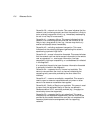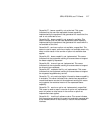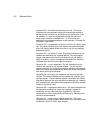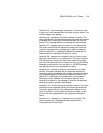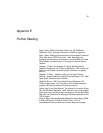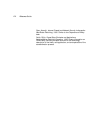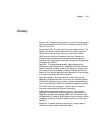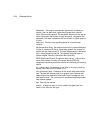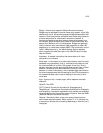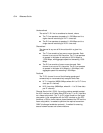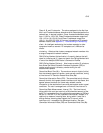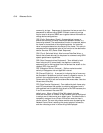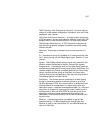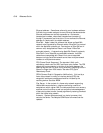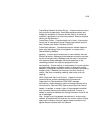GL-2 Reference Guide
Bandwidth: The range of frequencies, expressed in Kilobits per
second, that can pass over a given data transmission channel
within a frame relay network. The bandwidth determines the rate at
which information can be sent through a channel - the greater the
bandwidth, the more information that can be sent in a given amount
of time.
baud rate: The rate of the signaling speed of a transmission
medium.
Be (Excess Burst Size): The maximum amount of uncommitted data
(in bits) in excess of Bc that a frame relay network can attempt to
deliver during a time interval Tc. This data (Be) generally is delivered
with a lower probability than Bc. The network treats Be data as
discard eligible. See also
Committed Burst Size
(
Bc
).
BECN (Backward Explicit Congestion Notification): A bit set by a
frame relay network to notify an interface device (DTE) that
congestion avoidance procedures should be initiated by the sending
device.
bit: A binary digit; the smallest unit of data in the binary counting
system. A bit has a value of either 0 or 1.
bits per second (bps): A measure of the actual data transmission
rate. The bps rate may be equal to or greater than the baud rate
depending on the modulation technique used to encode bits into
each baud interval. The correct term to use when describing modem
data transfer speeds.
bps: See
bits per second
.
branch: A length of cable in a star network that goes from the
center of the star to a wall jack.



